The term ‘pollution’ is very common to our ears now a days. It might refer to the contamination of the air, land and water, and it has become a big issue in the modern society that we’re in, especially because of the irresponsible way that we’ve been treating our planet over the years. When it comes to air pollution, it means that harmful substances, including particulates and biological molecules, are introduced into Earth’s atmosphere, making the air ‘dirty’ and harming humans, animals, plants and the whole ecosystem. It can be classified in two sections: visible air pollution and invisible air pollution, as the pollutants are not always visible.
They can also be divided in two sections: the primarily air pollutants and the secondary air pollutants. The first one is a direct cause of pollution and the second one is the result caused by the reactions between primary pollutants. Some pollutants may be both primary and secondary: they are both emitted directly and formed from other primary pollutants. But which are they and where do they come from?
Pollution Sources:
There are many activities that might be responsible for releasing pollutants into the atmosphere, and they can be classified into two categories:
1. Anthropogenic Sources
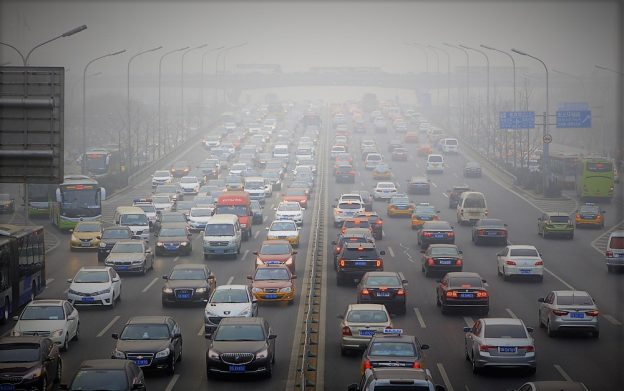
Mostly related to the burning of multiple types of fuel, it can be from stationary sources, such as smoke from power plants, factories and waste incinerators, and traditional biomass burning. It can also be from mobile sources, like motor vehicles, ships and aircrafts. Controlled burn, quite common in agriculture practices, farming and forest management is also a big source of man-made pollution. Mining operations, fumes from paint, aerosol sprays and other solvents, waste disposition in landfills, generating methane gas, and military resources, such as nuclear weapons, are the other anthropogenic sources for air pollution.
2. Natural Sources

Dust from places without vegetation, methane gas emitted by the digestion of food by animals, like cows and cattle, radon gas from radioactive decay, wildfires, releasing smoke and carbon monoxide into the atmosphere and volcanic activity, producing sulfur, chlorine, and ash particulates are a few examples of pollution coming from natural sources.
Consequences:
Air pollution can lead to many consequences to humans, animals, natural or built environment and the wildlife in general, causing historical disasters and economic losses as well.Katana, full tang, blue katana, battle ready, blade carving, blue cord handle, alloy tsuba, alloy fittings, piano paint scabbard, sharpened, 1045 carbon steel, handmade, blade polished. katana swords Unique and striking blue steel blade, full-tang battle ready japanese katana samurai sword.
Health Effects
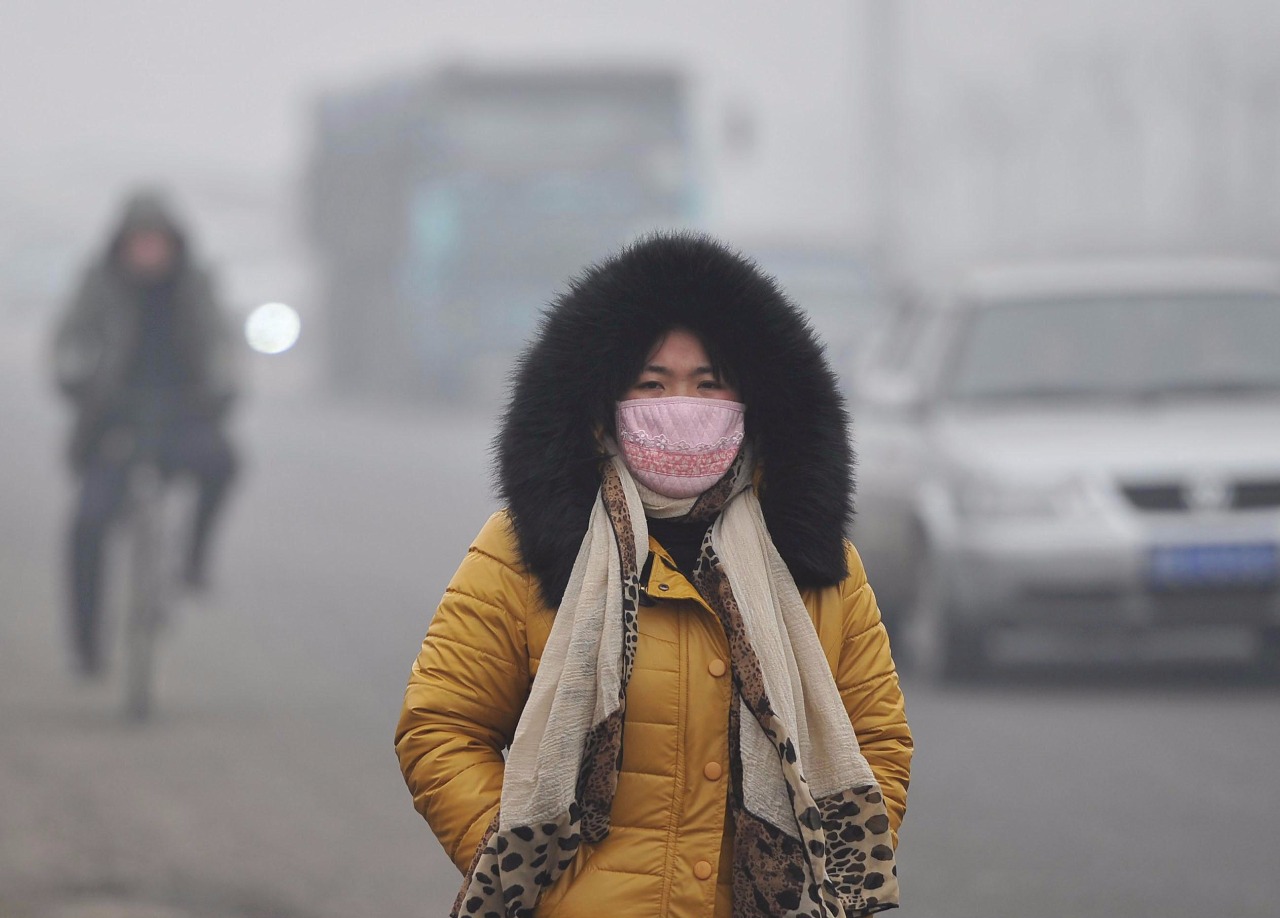
From a simply bad cough to reduced life expectancy and death: that’s how deep the air pollution might hit human lives. There is a huge number of pollution-related diseases, including respiratory infections, heart disease, Chronic Obstructive Pulmonary Disease (COPD), stroke, lung cancer and, of course, the worsening of existing respiratory and cardiac conditions.
Symptoms like allergies, difficulty in breathing, wheezing, coughing and asthma may lead to increased medication use, doctor visits and more hospital admissions, and the gravity of these effects depend on the type of pollutant the person is exposed to, the degree of exposure and the individual’s health status and genetics. Recent studies show that air pollution exposure also affects the central nervous system, playing a role in autism, as well as in other neurodevelopmental disorders. It also affects our short-term memory, learning ability, impulsivity and the cognitive performance.
A research done by the World Health Organization (WHO) show that the youngest, the oldest and the poorest are the most vulnerable urban populations to air pollution, that is the major cause of disease and death in the world, contributing to 3 million premature deaths worldwide every year.
Environmental Effects
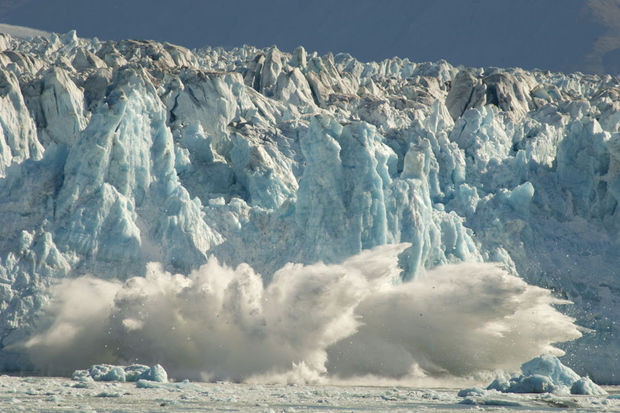
Earth’s health is also at risk because of air pollution. It’s destroying not only our lungs, but our forests, oceans, rivers, wildlife and atmosphere. One of the biggest consequences, that leads to another many consequences as well, is the depletion of Ozone layer due to the presence of chlorofluorocarbons in the atmosphere, that we call greenhouse effect. As the ozone layer go thinner, it emit harmful UV rays back on earth, causing skin and eye related problems, and leading to a major concern in many nations in the world: the global warming.
Global warming has been a very debated and controversial topic over the years. But as the scientific knowledge has grown, it seems like we are getting to an agreement about humans making the Earth to get warmer. Recorded all over the globe, Earth’s average temperature has risen more than 1 degree Fahrenheit (0.8 degrees Celsius) over the last century, and about twice that in parts of the Arctic. It means that global warming is making the sea ice and land ice to melt and shrink. It causes the death of many living organisms and animals.
Effects on Sea Ice
Melting sea ice also sets up a feedback loop: ice reflects a lot of the sun’s energy back to space, while open water absorbs more of the heat. So less ice and more water means more planet warming. For the past 40 years, the Earth has absorbed more heat from the sun than it has reflected away, and about 90 percent of that has been stored in the ocean. The sea ice melting can also affect the ocean currents and wind patterns, which means the shifting migration of species, more floods and more natural disasters in many parts of the world.
As a research from 2013 states, more than nine out of 10 climate scientists agree: our carbon emissions are the main cause of global warming. And that is related to the increase in the number of natural disasters – like earthquakes, tsunamis, storms, floods, landslides, droughts and heat waves – by three times since 1980. As we are fragmenting and destroying natural habitats, some species of plants and animals are adapting to changes in their world. But how many of them will survive?
Economical Effects
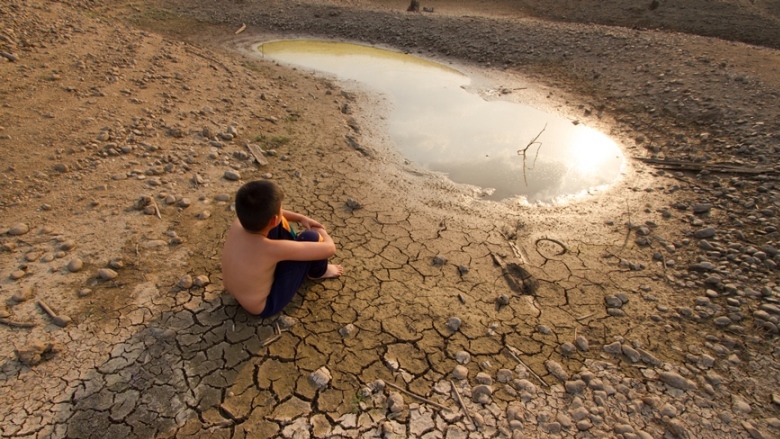
The effects of air pollution on the human health and the ecosystem have many economic implications. According to a study by the Organization for Economic Cooperation and Development (OECD), “global air pollution-related health care costs are projected to increase from USD 21 billion in 2015 to USD 176 billion in 2060. By 2060, the annual number of lost working days, which affect labour productivity, are projected to reach 3.7 billion (currently around 1.2 billion) at the global level.
As a result of sick days, medical bills and reduced agricultural output, the market impacts of outdoor air pollution are projected to lead to global economic costs that gradually increase to 1% of the Growth of real Gross Domestic Product (GDP) globally by 2060.
What Research Says ?
The research also states that the most dangerous consequences from outdoor air pollution are related to the number of premature deaths: pollution could lead to 9 million of them by 2060. Welfare costs associated with these deadly consequences are projected to rise to as much as $25 trillion over the same period.
Countries like China and India, which are already wrestling with severe pollution, are expected to be hit especially hard. According to a study by the World Bank along with the Institute for Health Metrics and Evaluation (IHME) at the University of Washington, In 2013, which is the most recent data available, China lost nearly 10 percent of its GDP, while India lost 7.69 percent, as a result of pollution-related deaths. The cost of air pollution to the world’s most advanced economies plus India and China is estimated to be US$3.5 trillion per year in lives lost and ill health.
During the industrial era, you could say that economic growth was making the air more polluted. But not nowadays: at the same time that economic growth is being affected by air pollution, renewable is the fastest-growing energy source, expected to triple by 2040. Soon, they might be cheaper sources of electricity, and in the US, solar employs more people than coal oil and gas combined.
What can be done?
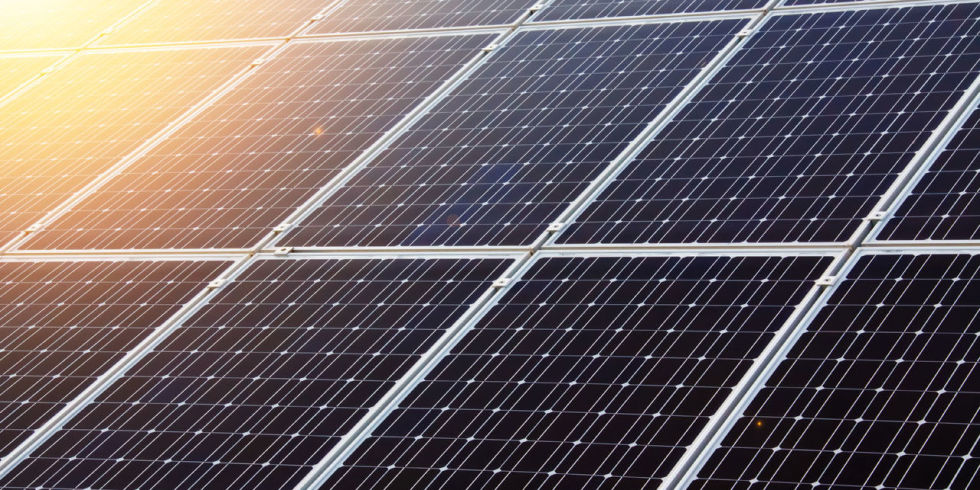
Most people agree that to curb air pollution and its dangerous effects, a variety of measures need to be taken, be it on a personal level or a larger scale. For both of them, building awareness is the key. Once people start realizing the air quality they breath, they’re gonna start asking questions, charging the government for measures and even taking initiatives to come up with better solutions. And this is a trend all over the world.
How to Reduce Air Pollution?
On a personal level, there are many things you can do to reduce air pollution. You can start by understanding the concept of the three R’s – Reducing, Reusing and Recycling. By giving preference to public transportation, using clean energy technologies and planting trees, etc. Another way to contribute to the air quality is simply by eating less meat and drinking less milk.
On a higher level, regulations for for energy combustion, as well as implementing air quality standards, automobile emission standards, fuel quality standards, and emission taxes would definitely help. The Paris Agreement, a voluntary deal among 118 nations in the world, ratified on November 2016, is one effort on a global scale to combat climate change. As a part of the agreement, each country is taking measures to fight climate change with the goal of keeping the global temperature rise below two degrees Celsius.
This post is also available in:
![]() Global
Global ![]() IND English
IND English ![]() UK English
UK English ![]() US English
US English